KEEPING IT SURREAL
★ ★ ★ ★
ART
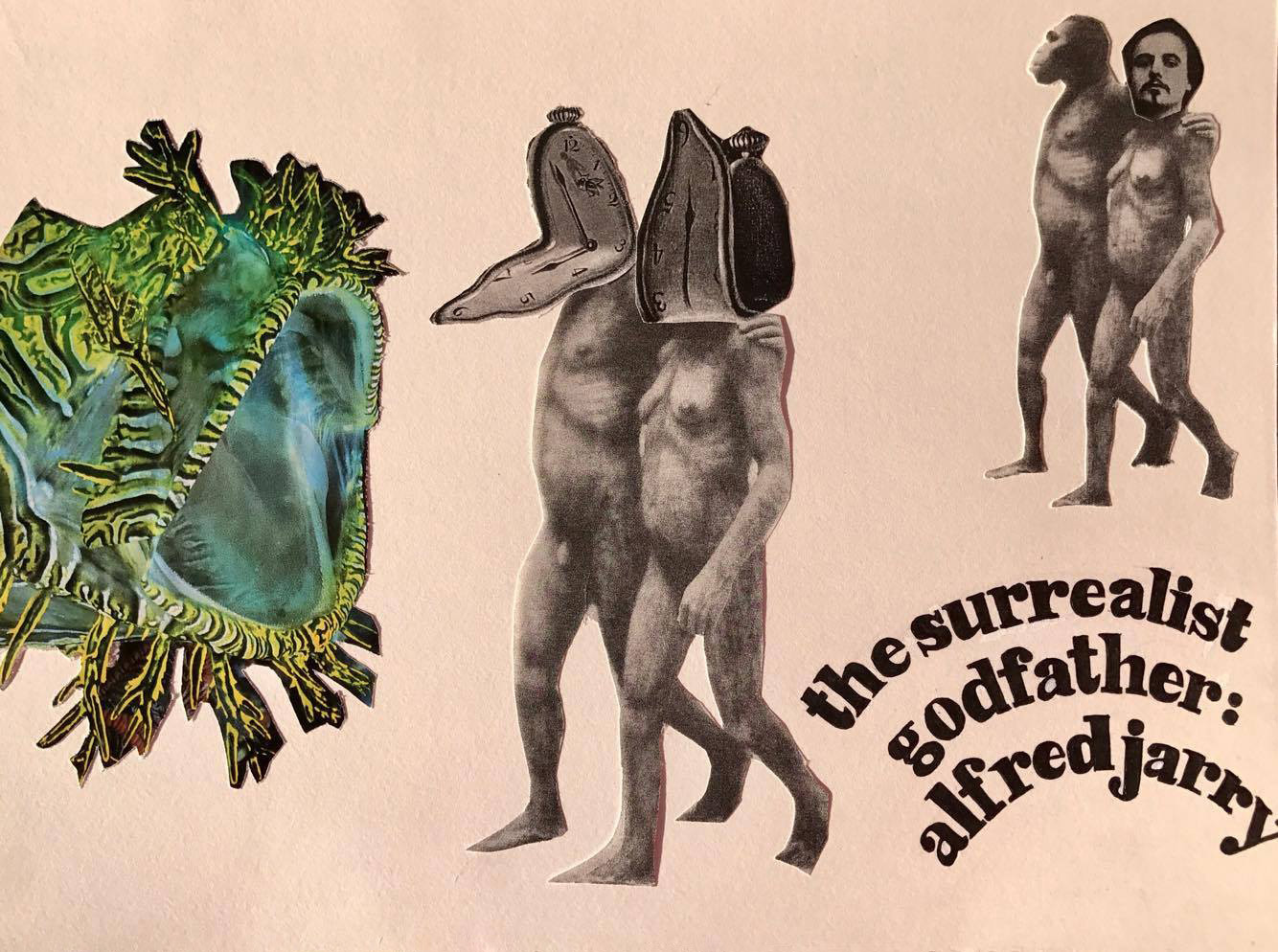
By Emer Martin
As a teenager I was fascinated by the surrealists and read everything I could about them. I took their games and attitudes with earnestness and imbued all they did with a kind of grace and genius. I never noticed that all my heroes were men. There was the fur-lined teacup of Meret Oppenheimer, and the paintings, books and sculpture of Lenora Carrington, but they were treated like after thoughts compared to the noise the men made. The Jarrys, Bretons, Dali’s, Magrittes, these were the giants that were represented when I wandered from my classes on art history in Hunter college up to the museums where their work was on view. I considered myself very lucky to live in NY and be able to have such access. I was in NY at the tail end of The Gorilla Girl group. They made me notice things. They were feminist activists who shamed galleries for their lack of representation of women artists. They pointed out the ratio of nudes of women were in the Met to the ratio of female creators. When I was in school they told us as that girls were not good at math and science and I took this as a fact. What were we good at? Were we good at English and History? But all the historians were men and all the history was about the deeds of men, and the majority of works we read were by male writers. So maybe there was no room for us at all.
I created this series of collages for Black Book magazine back in 1999.
I cut up porno magazines that represented a very fake view of beauty, thin white female bodies as commodities and I dismembered the photos to create collages with the giants of surrealism. Thus when Breton embraces himself and casually walks across a disembodied ideal woman, I was subverting the idea of male representation of the female body by a female manipulated representation of the male nude. I enjoyed objectifying the surrealists as I both admired and was frustrated by their movement. Can a revolutionary movement be authentic when it only represents its own image?
I wrote titles on the back in pencil and stumbled on these recently in excavations of old portfolios in my garage. Encountering old work is always a shock.
Things have changed somewhat, everyone is more aware of diversity and rightfully held to task when it is lacking. I was struck with my own struggle from years ago. I decided to enter a dialogue with my past artist self and add the text to the collages. This way I could put more of my own imprint and vision on them. I could own them. I have long admired the young artist Sophia Muys, and went on protest marches with her and had sign envy. She makes beautiful protest signs with elaborate text. I commissioned her to add the text in any way she saw fit, giving her the freedom and trust within my own work. I felt uncomfortable about this because as an artist I can be a control freak. But in the spirit of my beloved surrealists’ collaboration and deliberate surrender, I was delighted with her addition to my work.
Collage was a popular process in the art of the surrealists. It brought together seemingly random elements to create something new out of the fracturing of parts, disassociating every day articles from their function, creating new meaning from the juxtaposition of the mundane, circumventing logic as a way to access the unconscious and the dream world.
Resistance is a refusal to accept the condition we find ourselves in. Art can speak to power by subverting the rational and opening up new possibilities. Can writers and artists dream new worlds in to existence that can stand against a monolithic globalized corporate consumer society? Rage and resistance and a rejection of resignation were great motivators of the surrealists.
This work was of a particular time and place, that I then put away, thinking the struggle had moved on. I thought the Gorilla Girls and feminist theory would wake everyone up and the art world would naturally become more inclusive and aware. In a way it did, of course, but did the world change? Art is resistance. The surrealists struggling to work in a time of great political turmoil that scattered them across the planet during WWII and the rise of fascism are suddenly relevant again. We are once again living in a time where the forces of darkness and oppression are on the rise. The veneer papering the advances we thought feminism had made has been stripped away with the recent brand of politics and misogyny that has arisen. Do these images have a new message for us?
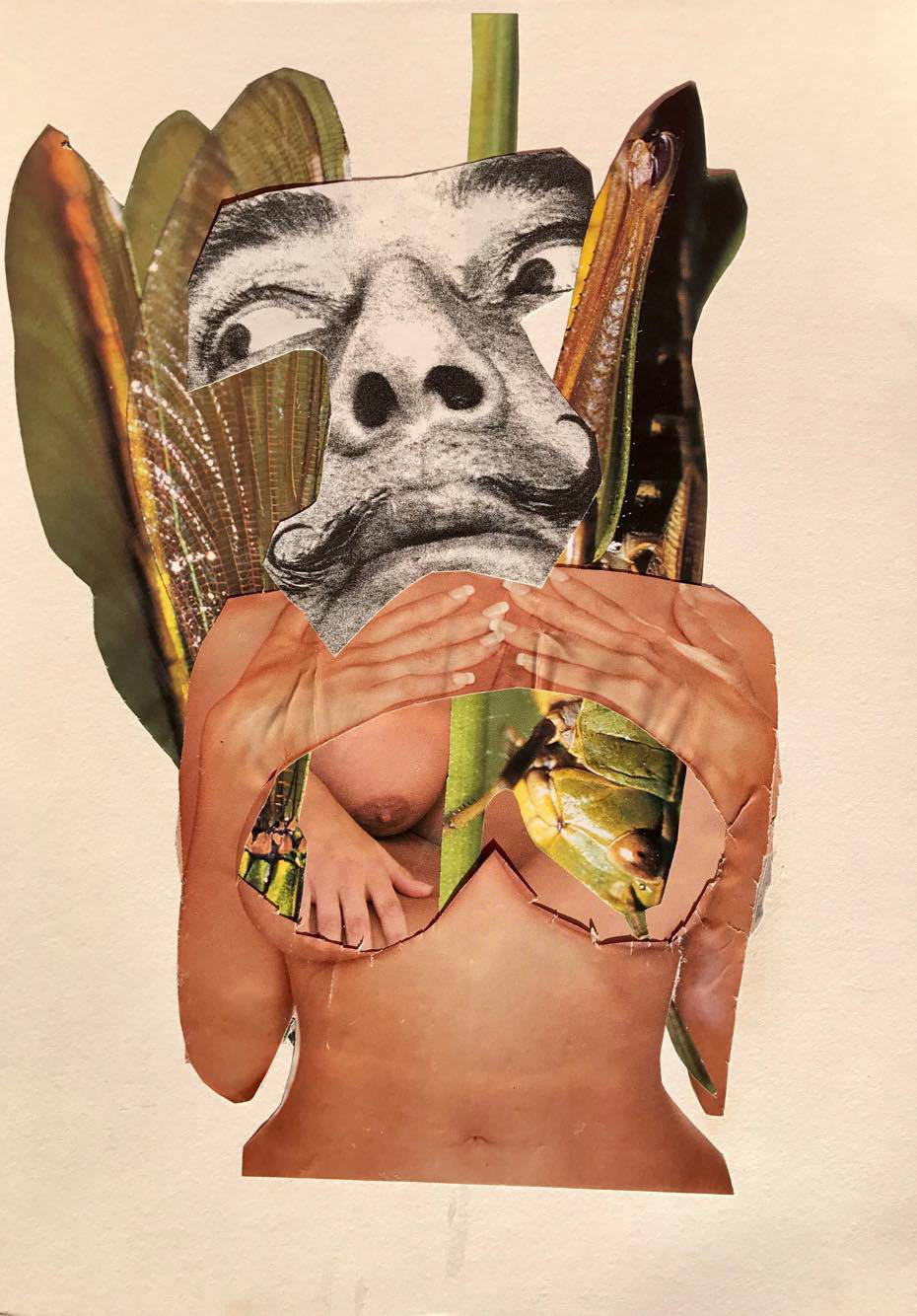
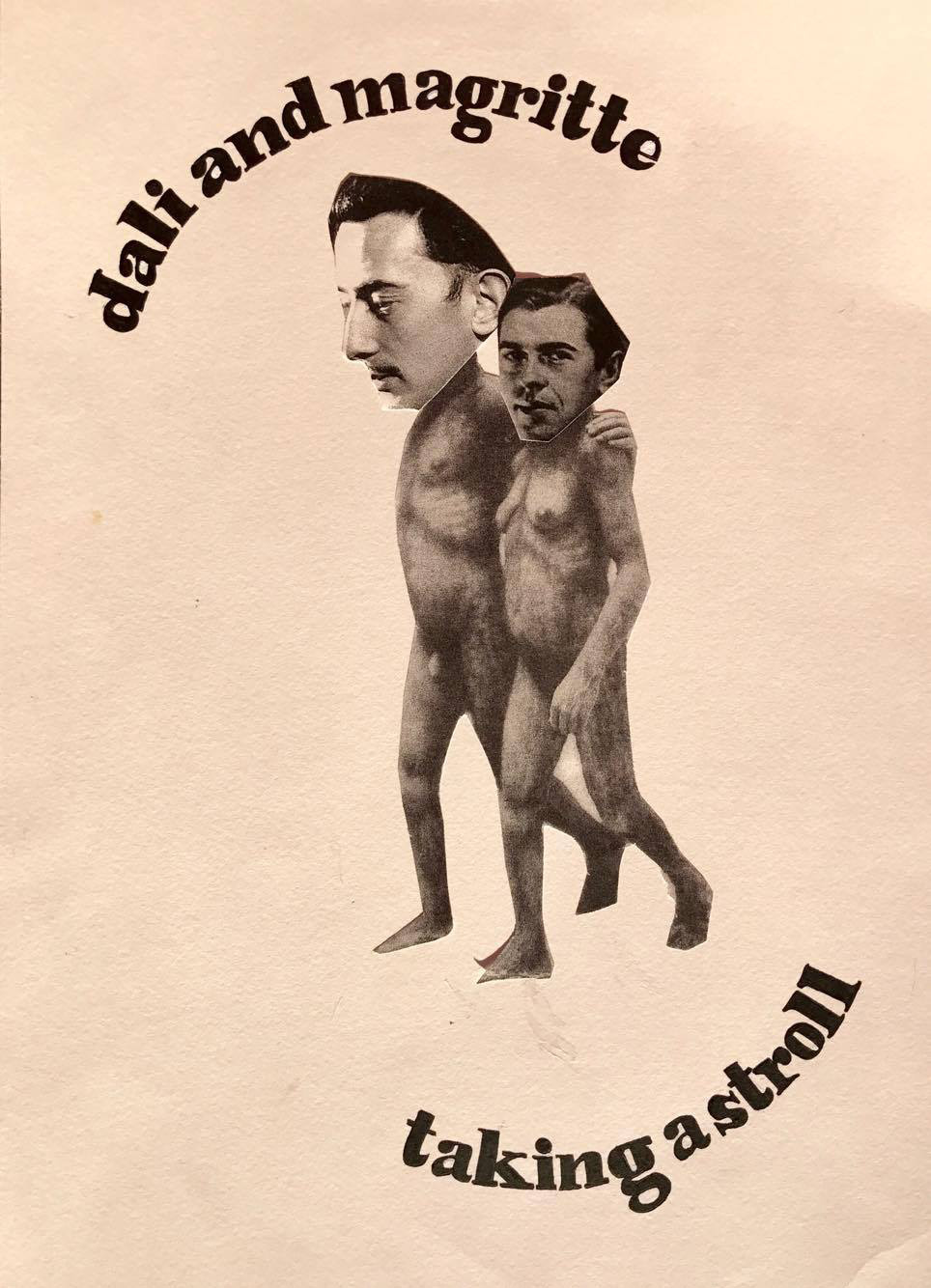
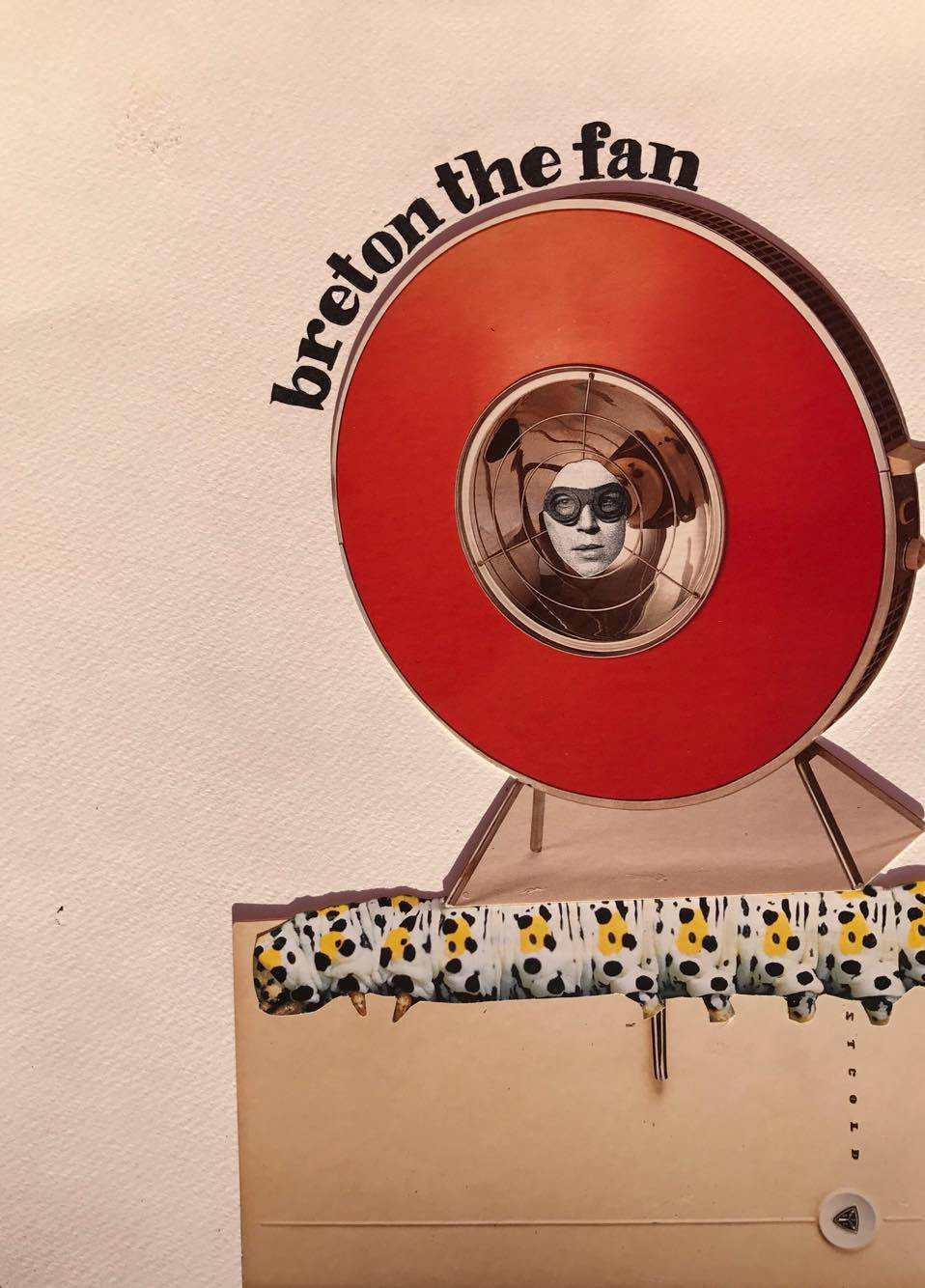
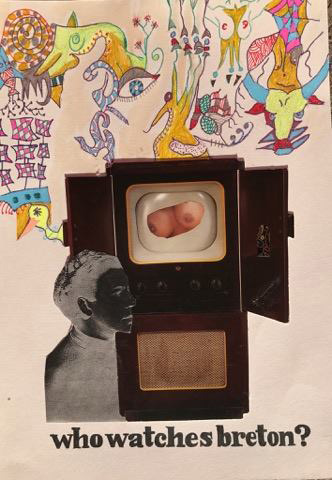
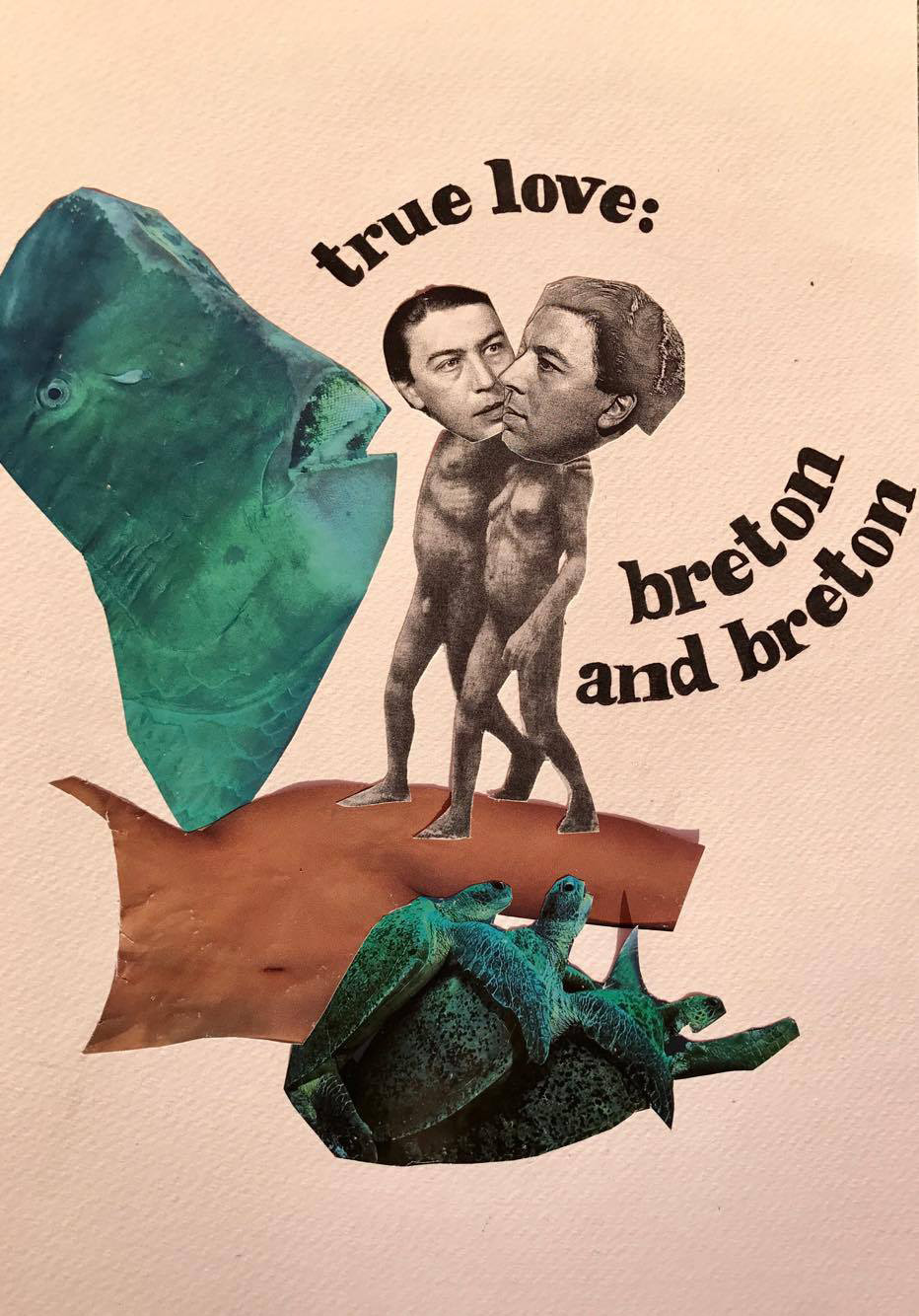
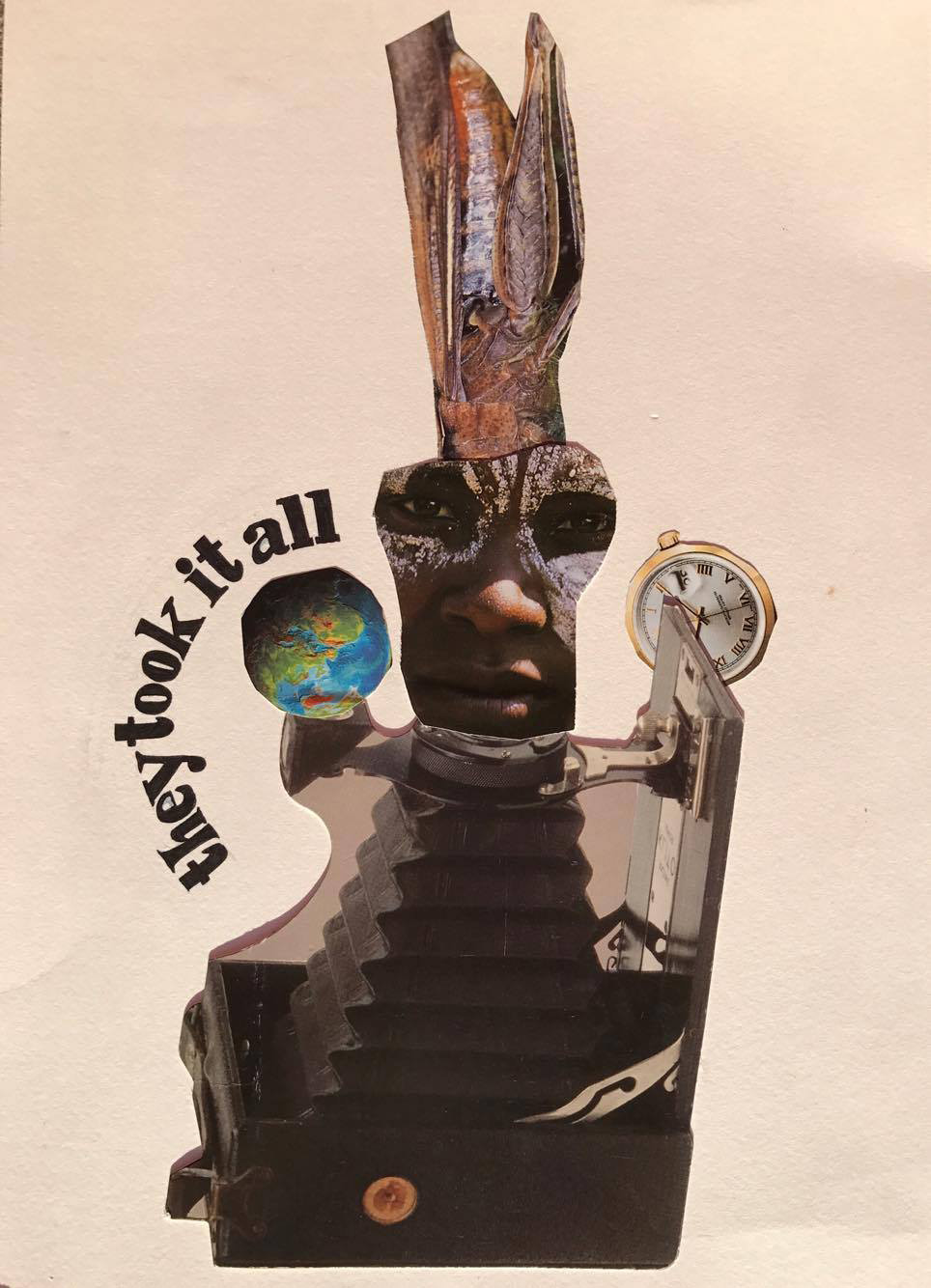
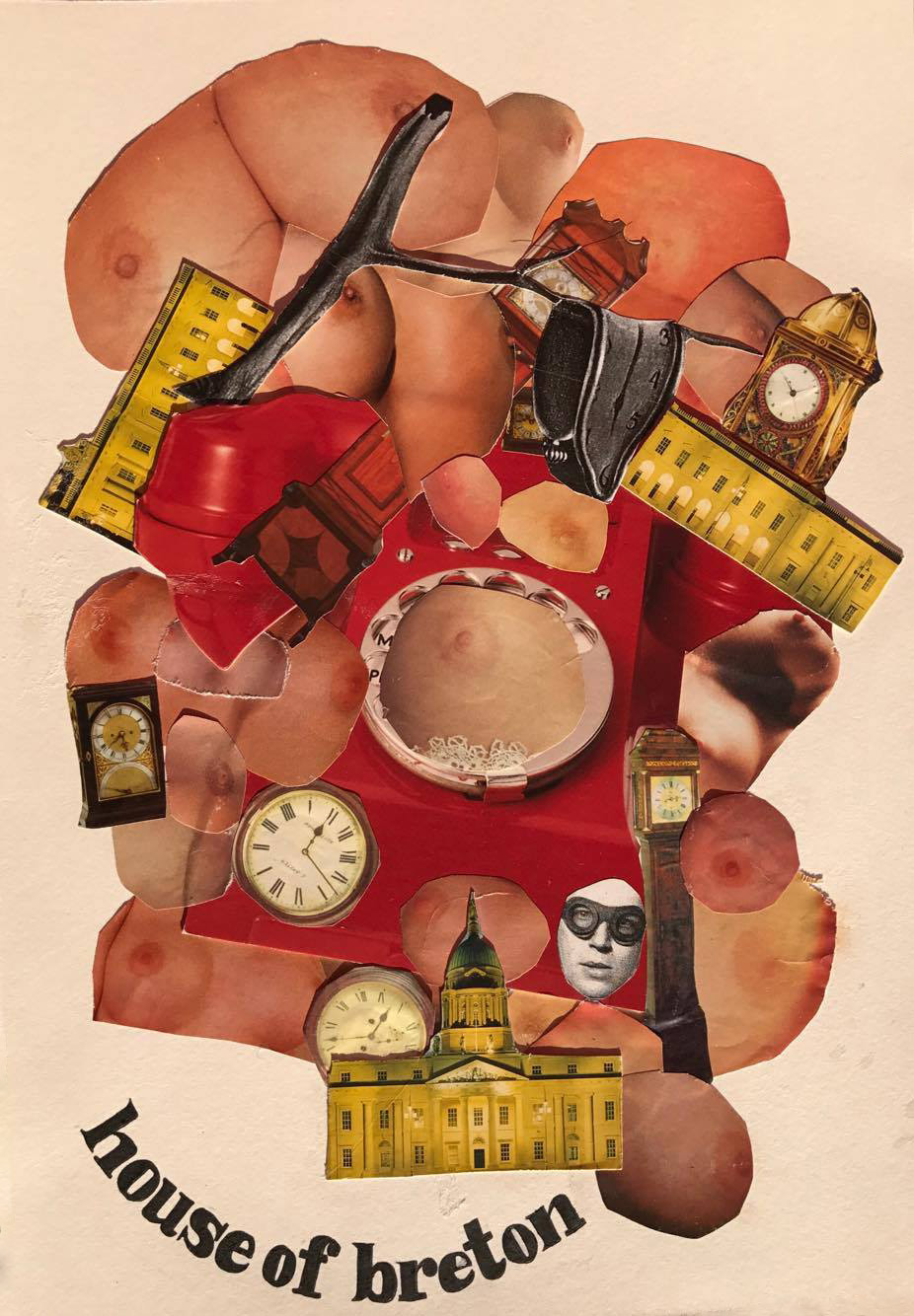
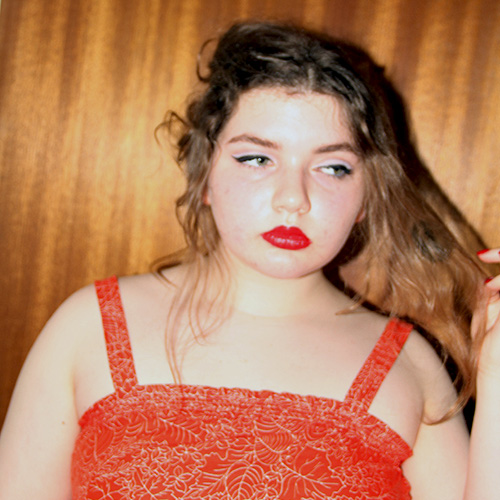
Sophia Muys is an analog photographer and printmaker. She is a student living in northern California.
Emer Martin is an Irish novelist, painter and filmmaker who has also lived in Paris, London, the Middle East, and the United States. Her first novel, Breakfast in Babylon won Book of the Year at the 1996 Listowel Writers’ Week. More Bread Or I’ll Appear, her second novel, was published internationally in 1999. Baby Zero was published in March 2007 and released internationally through the publishing co-operative Rawmeash based in the Bay Area California. Why is the Moon following Me? is her first children’s book.
She studied painting in New York and graduated from the Thomas Hunter Honors Program of Hunter College as class valedictorian in January 1998. She had two sell-out solo shows of her paintings at the Origin Gallery in Harcourt St, Dublin. She recently completed her third short film Unaccompanied. She produced Irvine Welsh’s directorial debut NUTS in 2007. She was awarded the Guggenheim Fellowship in 2000. Her new children’s book The Pooka will be released this Halloween 2016. Her fourth novel The Cruelty Men will be released in Ireland and the UK in 2017. She now lives in Palo Alto, California.
























